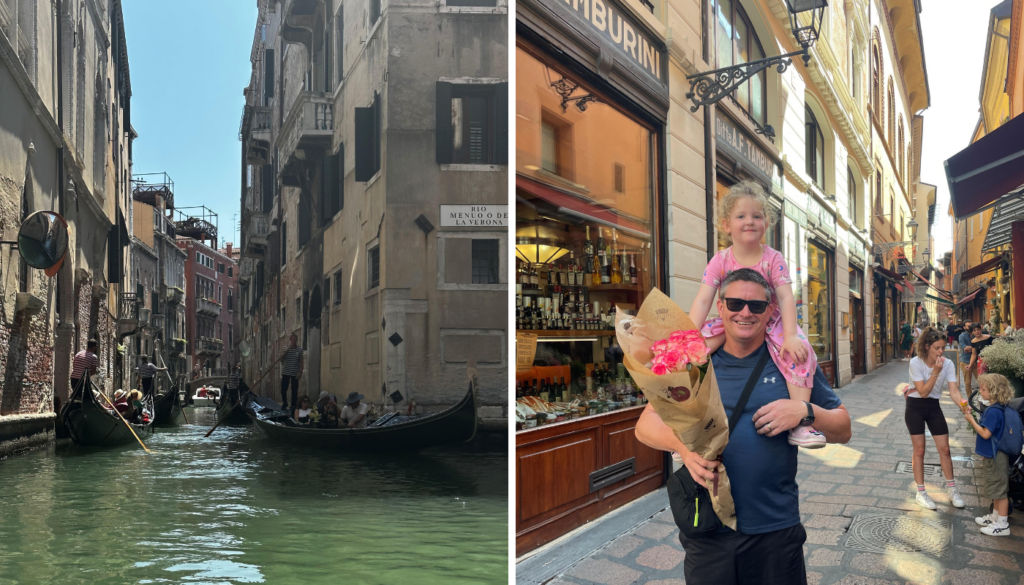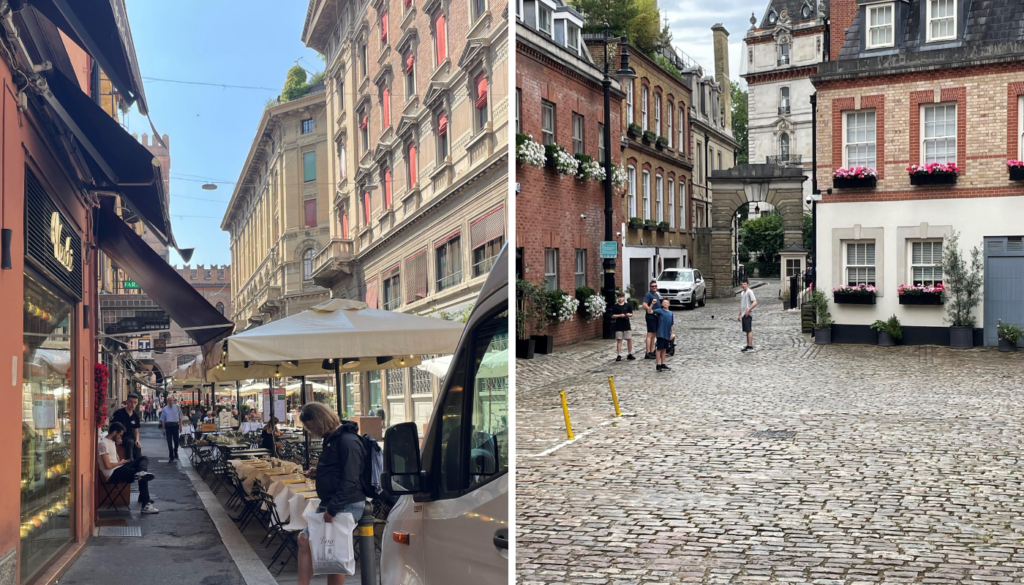A message from Mal: Taking housing inspiration from European cities
I’ve recently returned from a family holiday in Europe, and while visiting many beautiful cities and towns across Italy, Greece, France and others, I reflected on the way these communities live and what learnings we can take to help improve the housing situation we find ourselves in Australia and particularly on the Sunshine Coast. I’ve…

I’ve recently returned from a family holiday in Europe, and while visiting many beautiful cities and towns across Italy, Greece, France and others, I reflected on the way these communities live and what learnings we can take to help improve the housing situation we find ourselves in Australia and particularly on the Sunshine Coast.
I’ve often commented about the challenges of NIMBYism. At its core it is discrimination and as a society we should be better than that. The issue is, it goes against the fact that density in housing is actually the most sustainable (by all definitions) model. It is also key to increasing supply and a core part of any solution to our housing crisis. We can learn so much from much more densely populated nations, and thousands of years of looking for solutions by the many great examples of how density really does work to support communities, particularly across Europe.

In every city, small village and island we visited, almost everyone lives in apartments. With the exception of rural and fringe areas, there are no houses. These vibrant cities and towns all possessed a rich history and a great sense of community with housing density that allows many people to live close to amenities and facilities. This lifestyle also sees the residents eat out more due to the ease, social benefit and cost effectiveness, and share with and support their local economy. It is very common to see Europeans simply walk downstairs to get dinner, yet across most of Australia we need to drive to dine out. The lack of ‘walkable’ cities puts a massive burden on the environment and economy, not to mention the undermining social cohesiveness and all the psychological, physical and economic benefits that brings.
Higher density is not only more sustainable for the environment, it supports a stronger social fabric and community connectedness.
In Australia, most people seek the ideal of a large house and land package but this way of living has a greater impact on the environment with more urban sprawl and more cars needed to transport people to the amenities and facilities they seek.

On my travels I also noticed many cities and towns facing struggles similar to ours with a rental and accommodation crisis most with challenges in housing their workforce. With the exception of Paris, the absence of homeless people in light of the challenges was stark. There are so many ways these communities look to provide sufficient supply and support. Firstly, the social connection sees more community engagement (yes Australia, we need a hard look at ourselves here) but also practical government measures to provide real solutions. For example in the case of Santorini, where they have a similar issue to the Sunshine Coast of people moving to the island and non-locals purchasing properties for holiday rentals and thereby not enough homes for workers, they have come up with a great solution where the local government has zoned accommodation for workers. They have made it easy to develop and then placed a limitation on use for that accommodation to only those who work in the area. Through zoning and local laws they have created a solution that I fear would not ever be considered in Australia – simply because it takes courage and to change the way things are done now. We have a penchant in all levels of government for arbitrary.
Just because it’s the way things have always been done doesn’t mean it’s the way it always has to be. In the case of many policies and planning regulations here, they are actually the causes and need to be radically changed. We are in the midst of a housing and homelessness crisis and higher density living can help resolve that in a win-win-win scenario. As I’ve been able to witness in other countries, higher density living can foster a stronger community connection, have a lower impact on the environment and provide financial investment opportunities for individuals and businesses.

Not only is higher density living a great idea to resolve the current community crisis, it is highly desirable and in demand by a growing number of individuals, couples and families. As we explained in our recent blog series, there aren’t enough of these property types to meet the demand which is an incredible opportunity for investors who can build new product.
The biggest barrier to seeing the current homelessness crisis resolved is changing the community’s perception of higher density living and supporting the local and state governments to approve more suitable developments unopposed.
The good news for us, is that as residential property investors we can have confidence for strong capital and rental growth for years to come due to an unsolvable and increasing undersupply. Not so good for Australia’s social fabric. To find out how you can be part of the solution visit www.homesforeveryone.com.au and add your name to our growing list of supporters who are backing the Homes for Everyone initiative.






